Industry 4.0 is the term that stands for the digitization of industrial production processes. Big data and cloud services, people communicating with each other via sensors and interfaces, machines and products, collaborative automation and the Internet of Things are the most important features of Industry 4.0. Many companies have only just begun to tap into the potential of digitization. Now, they are simultaneously facing new challenges: external shocks such as Covid-19, new business models and new competitors in the market combined with new technologies pose difficult tasks. Logistics were not revolutionized by traditional companies – completely new organizations questioned everything and had to defend nothing. Where are Neckermann and Quelle? Only two of the Otto Group’s corporate brands, and thus only two online shopping portals among many. Neckermann Reisen, formerly the leading provider in Europe, is part of the now insolvent Thomas Cook Group. Quelle had a veteran general plan their logistics back in 1954. Because they were so dazzled by their own great performance, they didn’t realize in time what logistical systems can look like in the age of digitization and smart automation. At this point, we do not want to go into further comparison of the established automotive industry with the new competitors who are planning innovations regardless of traditional solutions.
Industry 4.X is different
Industry 1.0 was the beginning of mass production – mechanical production plants driven by the transmission belts of steam engines. Electrification was the driver of Industry 2.0, in which the assembly line set the organizational principle in the workshops. Initial automation measures were introduced to production. Industry 3.0 was characterized by the combination of electronics and information technology. In production, systemic approaches came to the forth: the Toyota production system was probably the most famous example of this. The acceleration of communication and transport has led to globalisation. Within the increasingly shorter cycles, there was always a focus topic that companies had to work on. This is different in the age of Industry 4.X: the internal and external influences are manifold, sometimes contradictory as well. And they do have an impact on many different aspects of value creation.
 Rules for the reorganization of value creation
Rules for the reorganization of value creation
The Corona pandemic is acting as a catalyst and accelerator in the reorganization of value creation. An example: in addition to cost efficiency, the resilience of supply networks becomes an important consideration. Moreover, the virus has added fuel to the smoldering fire of existing trade disputes. Because of such uncertainties, the following applies regarding the future: globalization only works with locally autonomous systems. Still, organizational boundaries no longer play a role. Companies face the challenge of organizing collaborative automation processes that are manageable and aim for market-oriented products with competitive costs. The full potential of Industry 4.0 has not yet been exploited, but the challenges of Industry 4.X are already visible. Only the companies that can manage the necessary complexity – disruptive technologies + new competitive conditions + external shocks – are going to survive.
Tackle the new challenges! ConMoto offers you an individual strategy check. Send your request to business@conmoto.de or call us at +49 89 78066-138.



 Deutsch
Deutsch